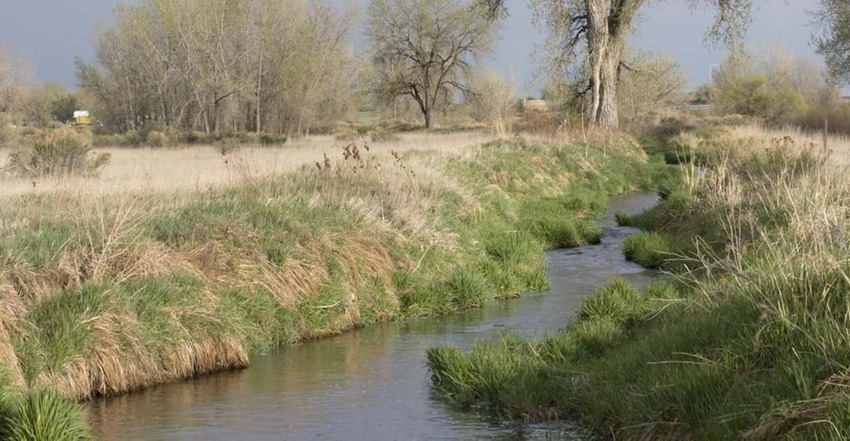
 *This is the twelfth article in our 2022 Southwest Economic Outlook series. Hear from Oklahoma State University and Texas A&M AgriLife Extension economists about the 2022 outlook.
*This is the twelfth article in our 2022 Southwest Economic Outlook series. Hear from Oklahoma State University and Texas A&M AgriLife Extension economists about the 2022 outlook.
We are back with an update on the status of the definition of “waters of the United States (WOTUS).” As readers may recall, the federal Clean Water Act, passed in 1970, gives the U.S. EPA and U.S. Army Corps of Engineers (USACE) jurisdiction over WOTUS. An issue arose, however, when Congress failed to define what WOTUS actually meant. For the next 40 years, litigation ensued and courts, lawyers, and landowners struggled to understand what bodies of water fell under EPA and USACE jurisdiction. Many hoped the U.S. Supreme Court would provide some clarity when it decided Rapanos v. United States, but instead it just muddied the waters. In a famous (at least in lawyer circles) 4-1-4 opinion, Justice Scalia authored the plurality opinion, focusing on whether bodies of water were “relatively permanent.” Justice Kennedy authored the concurring opinion, introducing his “significant nexus” concept for analyzing waters of the United States. Unfortunately, this did not solve the confusion and legal challenges to the scope of the term.
In 2015, the Obama administration issued its “WOTUS Rule,” built around Justice Kennedy’s “significant nexus” test. Lawsuits were filed across the country challenging both the scope of the rule and procedural process surrounding it. In 2020, the Trump administration promulgated its own definition, termed the Navigable Waters Protection Rule (“NWPR”) and, moving away from the significant nexus approach, attempted to create a more “black and white” definition for WOTUS. Again, lawsuits were filed around the country, some claiming the rule was too narrow and others claiming it was too broad. After an Arizona federal court held the Trump rule to be invalid, the Biden EPA announced it would no longer be enforcing the NWPR but would instead draft its own proposed definition to be released in November 2021.
As promised, the Biden Administration did release its proposed rule in November. The EPA describes this proposed rule as going back to the pre-2015 definition and including both Justice Scalia’s concept of a “relatively permanent body of water” and Justice Kennedy’s “significant nexus” test both as being included in the definition. Comments on the proposed rule must be submitted on or before February 7, 2021. After that, the EPA and Corps of Engineers will publish their final version of the Biden rule. It is almost certain that lawsuits will follow, as the pendulum in WOTUS approaches swings back and forth from administration to administration.
So where does all this legal wrangling leave landowners? Unfortunately, in many instances, without a lot of clarity or bright-line rules to know if their property is considered a water of the United States pursuant to the Clean Water Act. So, our New Year wish for all is a safe, happy 2022 and a clearly defined WOTUS definition for all.
Missed an article in this series? Click the following links:
Read more about:
WOTUSAbout the Author(s)
You May Also Like




